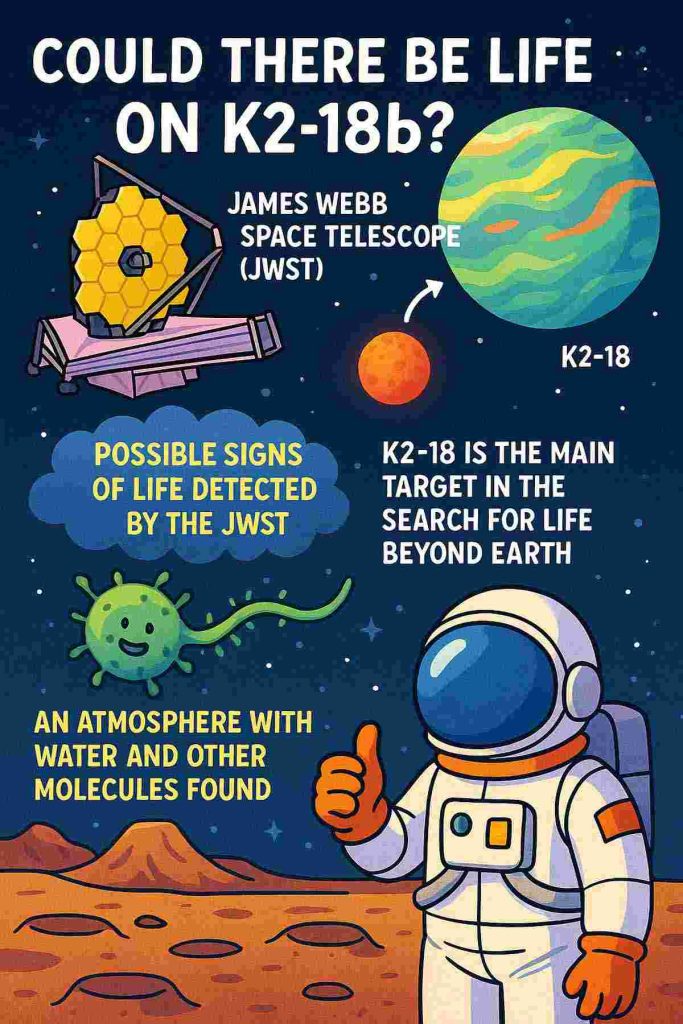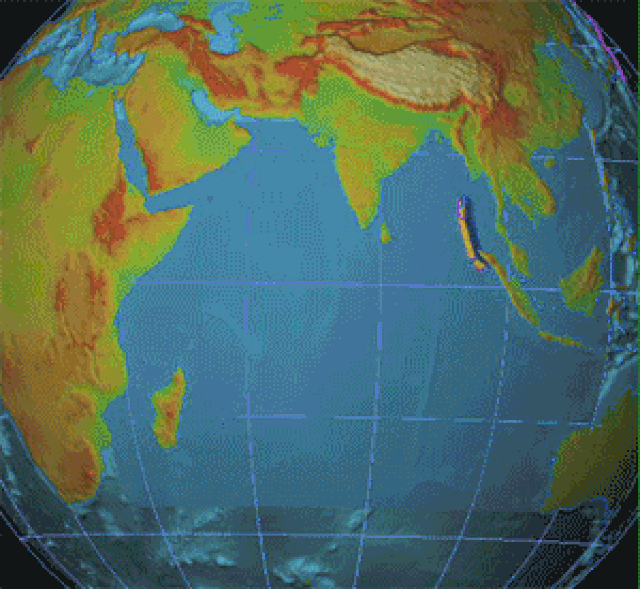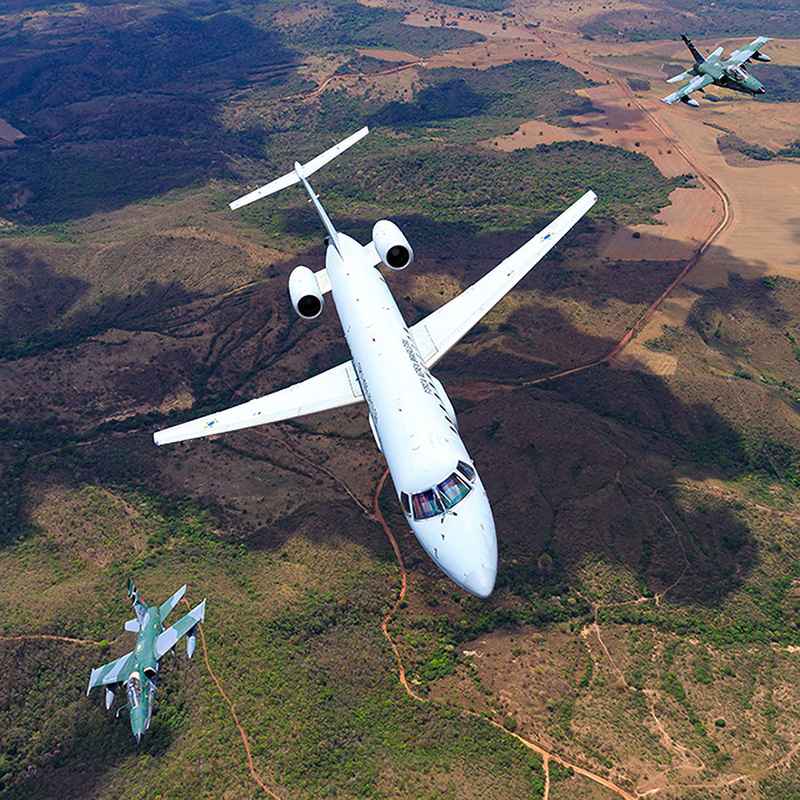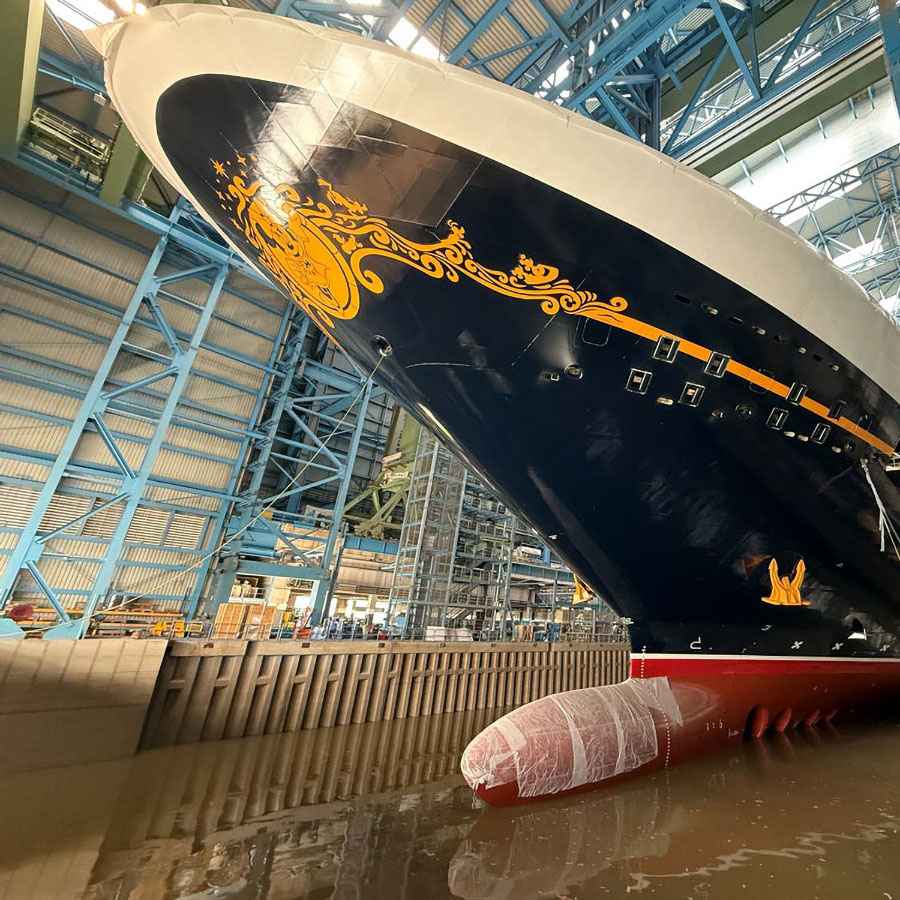
Scientists at NASA and around the world are abuzz with excitement after new data from the James Webb Space Telescope (JWST) suggested the presence of “biosignature gases” on a distant exoplanet called K2-18b. Located about 124 light-years away, this far-off world has emerged as one of the most promising candidates in the quest to answer one of humanity’s biggest questions: Are we alone in the universe?
🌍 What is K2-18b?
K2-18b is an exoplanet that orbits a red dwarf star smaller than our Sun. The planet resides in what astronomers call the “habitable zone”, the region where temperatures could allow for liquid water—a critical ingredient for life as we know it. While K2-18b is much larger than Earth and likely has a thick atmosphere, its position in the habitable zone makes it an intriguing target for further study.
🔭 What Did JWST Detect?
JWST’s sensitive instruments identified several molecules in the planet’s atmosphere:
Methane (CH₄)
Carbon dioxide (CO₂)
These gases are also found in Earth’s atmosphere and can be linked to biological processes. But what really caught scientists’ attention was a possible signal of dimethyl sulfide (DMS)—a molecule that, on Earth, is produced almost entirely by marine plankton. The detection of DMS, if confirmed, could be a hint of biological activity far beyond our solar system.
🌊 A Water World Beneath the Clouds?
K2-18b might belong to a new category of planets called Hycean Worlds, which are thought to have vast oceans beneath a hydrogen-rich atmosphere. If this is true, any life that exists there might live in the deep oceans—far from the surface, and very different from life on Earth. Just imagine an entire planet covered in ocean, teeming with microscopic organisms that we’ve never seen before!
⚠️ Not a Confirmation—Yet
Despite the excitement, scientists are careful not to jump to conclusions. The signal for DMS isn’t strong enough to be considered a confirmed detection. Other chemical or physical processes could also produce a similar signal. That means more data from JWST and other telescopes is still needed before anyone can confidently say life has been found.
🌘 What’s Next?
K2-18b is making scientists rethink what kinds of worlds might support life. Do alien organisms really need Earth-like conditions? Or could life thrive in places we never imagined?
Whether we find the answer soon or decades from now, one thing is certain: Our journey to discover life beyond Earth has only just begun.
Frequently Asked Questions (FAQ)
🌍 What is K2-18b?
K2-18b is an exoplanet about 124 light-years away. It is classified as a "sub-Neptune" or "Super-Earth" and orbits a red dwarf star within the habitable zone.
🔭 How was K2-18b discovered?
NASA’s Kepler Space Telescope discovered it in 2015 using the transit method, detecting dips in brightness as the planet passed in front of its star.
🧪 What makes K2-18b scientifically interesting?
It lies in the habitable zone, has an atmosphere with carbon-bearing molecules, and might host a global ocean—making it a potential candidate for alien life.
🌌 What is a “Hycean World” and how does K2-18b fit this category?
Hycean worlds have hydrogen-rich atmospheres and deep oceans. K2-18b’s size, density, and atmospheric composition suggest it may be one of these worlds.
🔬 What has the James Webb Space Telescope (JWST) found on K2-18b?
JWST detected methane (CH₄), carbon dioxide (CO₂), and possibly dimethyl sulfide (DMS)—a molecule linked to biological life on Earth.
🧫 What is DMS and why is it important?
DMS is a molecule primarily produced by marine plankton on Earth. Its potential detection on K2-18b is considered a possible biosignature.
❗ Is the DMS detection confirmed?
No. The signal has ~3-sigma significance, which is suggestive but not definitive. A 5-sigma level is needed to confirm such a groundbreaking claim.
🌡️ Is K2-18b truly habitable?
Its location in the habitable zone is promising, but uncertainties about temperature, pressure, and radiation make true habitability still unclear.
💧 Is there water on K2-18b?
Water vapor was tentatively detected by Hubble in 2019, but JWST observations suggest water may be limited or trapped in lower atmospheric layers.
☁️ What gases are in K2-18b’s atmosphere?
Confirmed: methane (CH₄), carbon dioxide (CO₂).
Uncertain: water vapor (H₂O).
Absent or below detection: ammonia (NH₃).
🧬 Why is ammonia (NH₃) depletion significant?
In hydrogen-rich atmospheres, ammonia should be present. Its absence suggests chemical imbalance and possible ocean interaction—supporting the Hycean hypothesis.
🔁 How does JWST study K2-18b’s atmosphere?
Via transmission spectroscopy: analyzing starlight filtered through the planet’s atmosphere during transits to detect molecules by their light absorption patterns.
🔥 Could K2-18b be too hot for life?
Possibly. Its hydrogen-rich atmosphere may trap heat, potentially creating surface temperatures above boiling, or even producing a steam or magma layer.
🪐 How big is K2-18b?
It has about 8.6–8.9 Earth masses and a radius of 2.4–2.7 times that of Earth—placing it between Earth and Neptune in size.
📏 What is the density of K2-18b?
Its estimated bulk density is about 2.67 g/cm³—lower than Earth's but higher than Neptune's—implying a mix of gas, water, and rock/ice interior.
⏱️ How long is a year on K2-18b?
One year (orbital period) is about 32.9 Earth days.
🌠 What kind of star does K2-18b orbit?
A red dwarf star (spectral type M2.5V–M3V), smaller and cooler than our Sun, and possibly active with flares and high-energy radiation.
🧭 Why is the location of the habitable zone different for red dwarfs?
Because red dwarfs emit less light, the habitable zone is closer in. This makes planets like K2-18b orbit tightly and possibly become tidally locked.
⚖️ What does “3-sigma” mean in the context of DMS detection?
It means there's about a 0.3% chance the DMS signal was a fluke. In science, 5-sigma (0.00006%) is usually required for a confirmed discovery.
🚀 Why is K2-18b a key focus for future space missions?
It challenges our assumptions about habitability, serves as a benchmark for Hycean worlds, and helps guide future missions like the Habitable Worlds Observatory (HWO).








